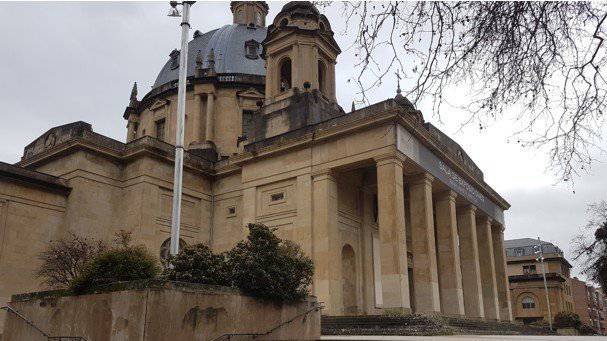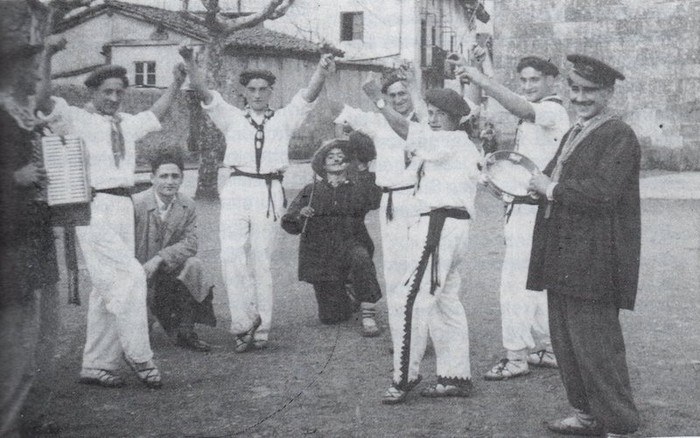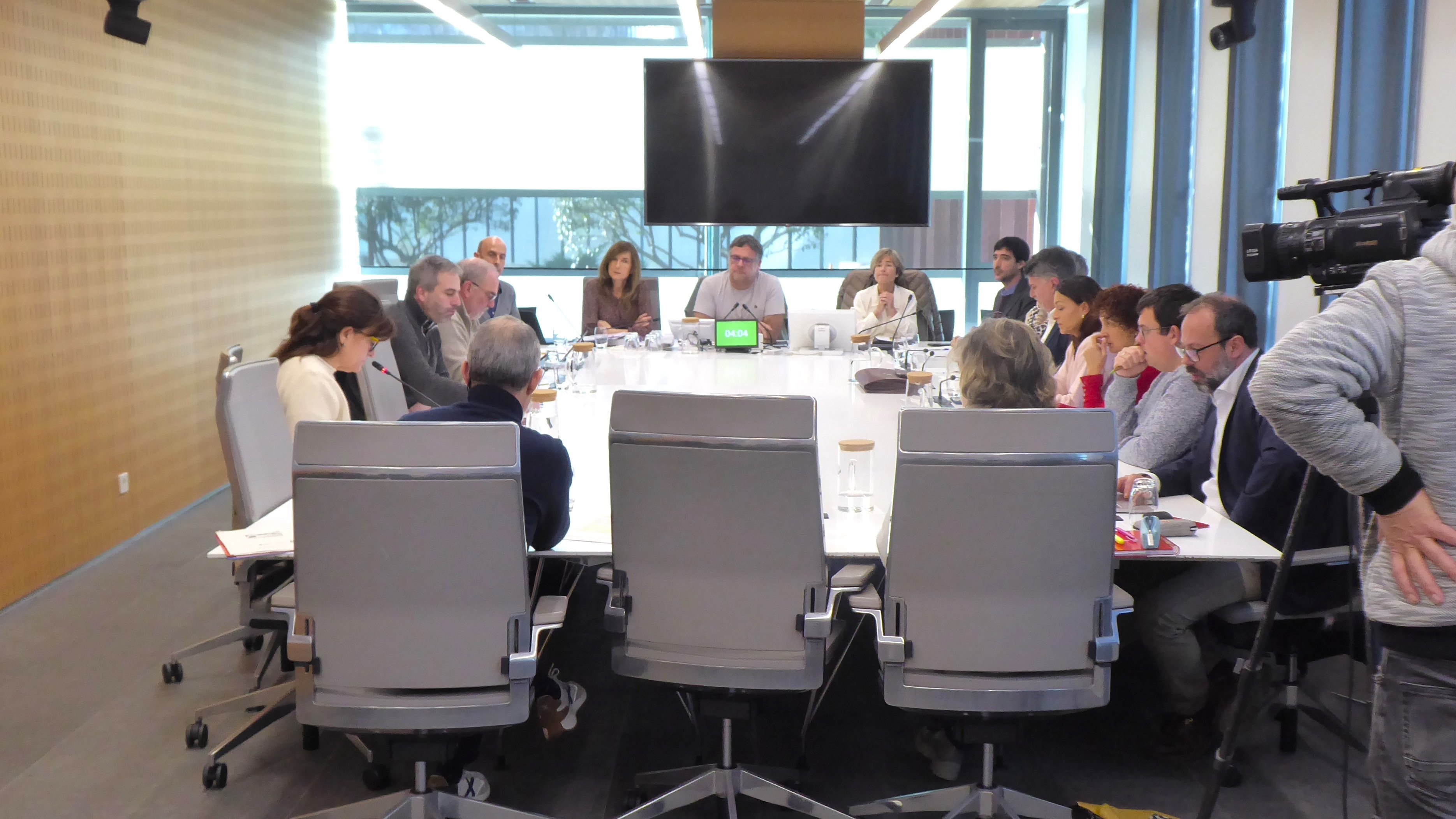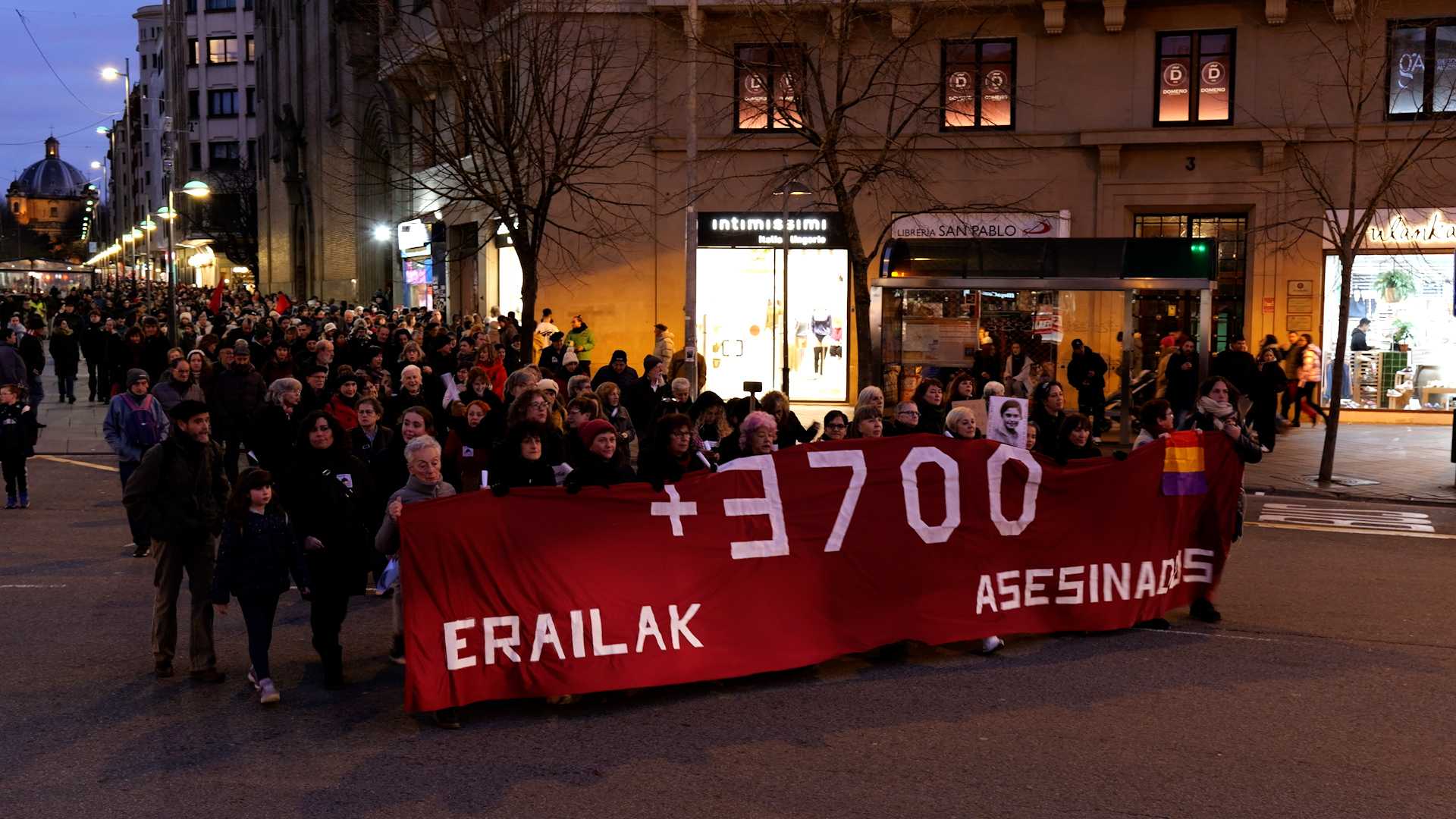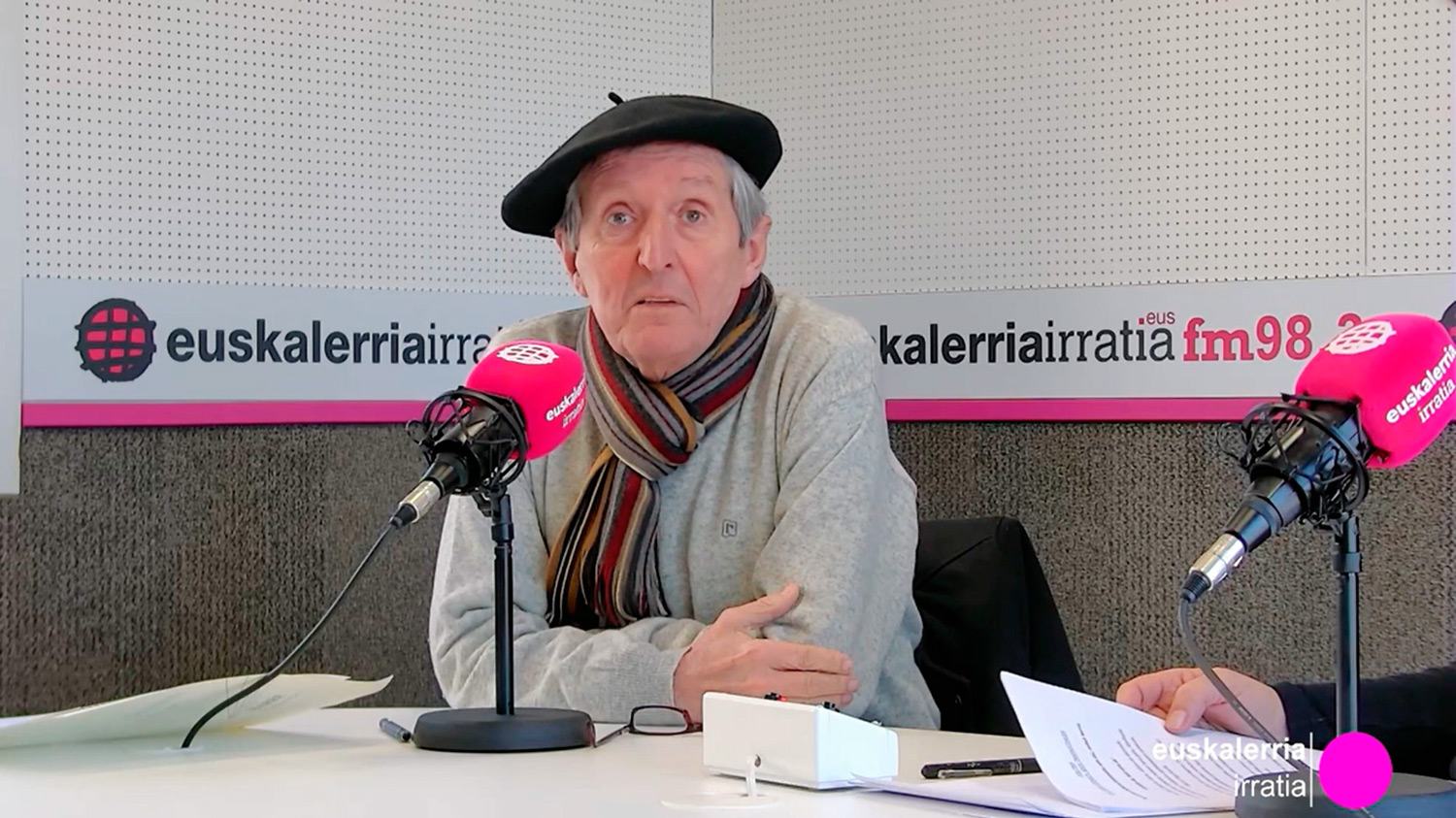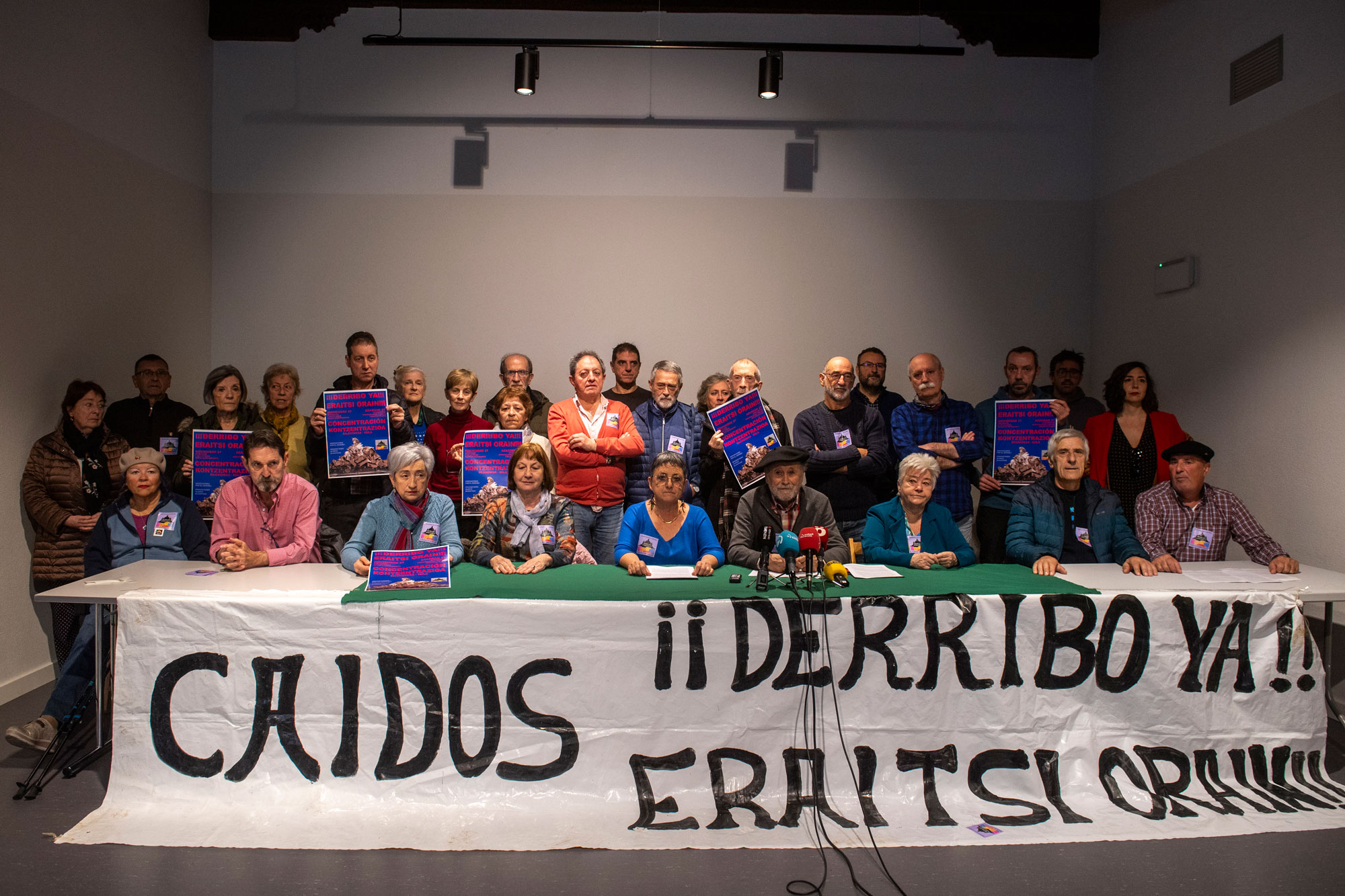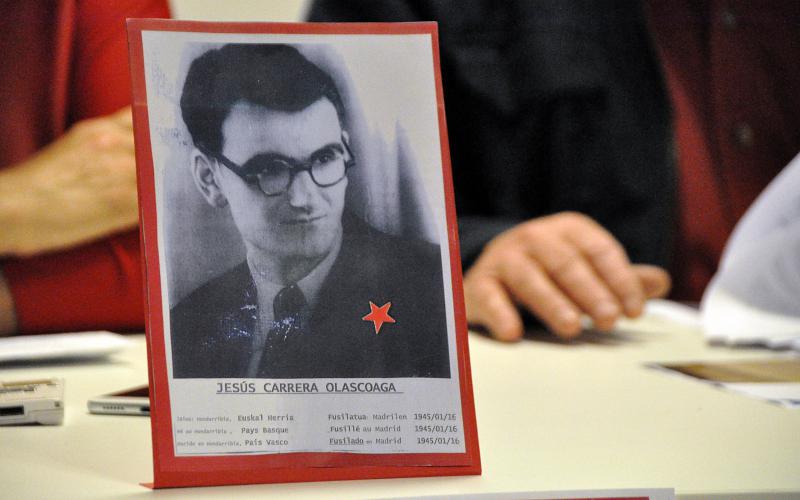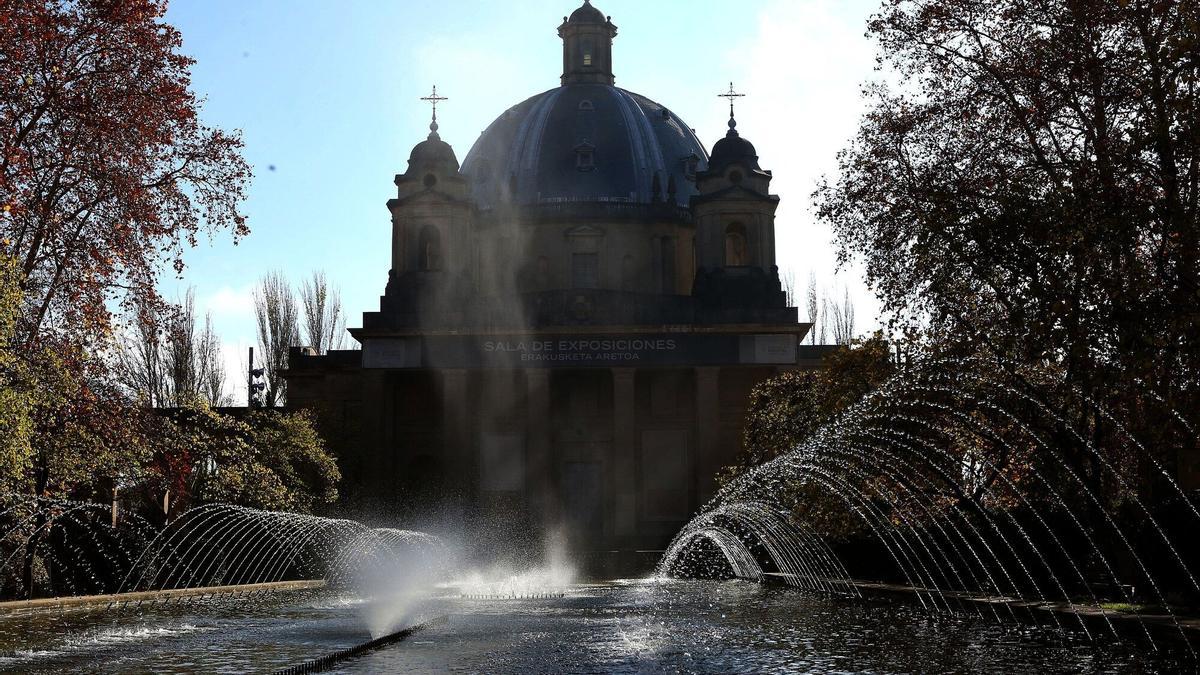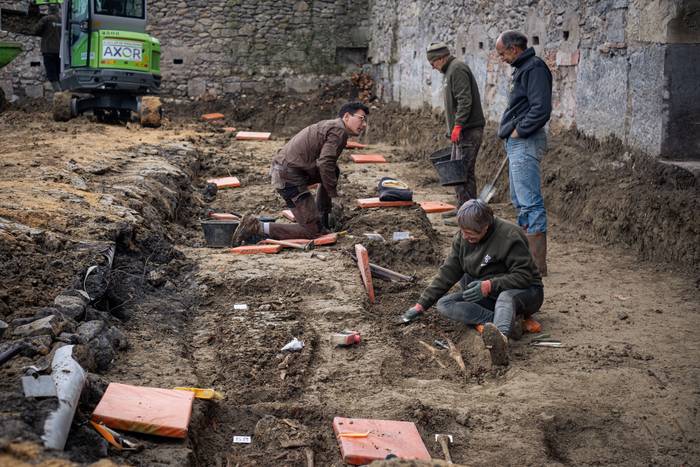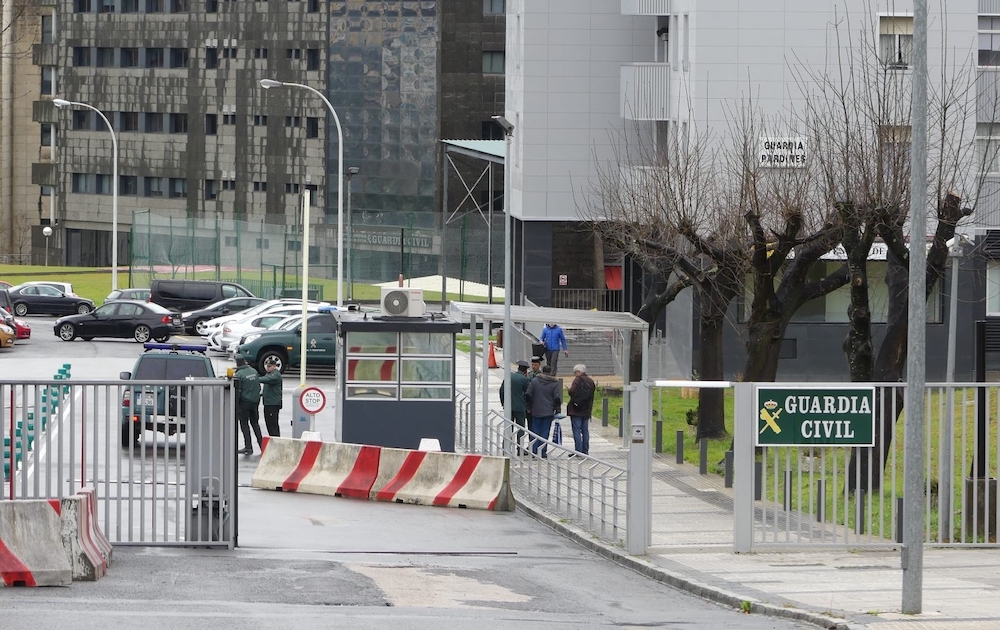"We have only received about 2% of the documents generated in the Basque Country"
- Luis Ángel Gaintza (Bilbao, 1942) is retired, but in no case is he unemployed. In the streets of Bilbao we will see Txistularis, dancers in the dance sessions of the plaza and directing Bilbo Kantari, but above all they know him in most parties, unions and cultural associations, as during the last 40 years he has been collecting all kinds of documents, magazines, posters, pamphlets, etc. .
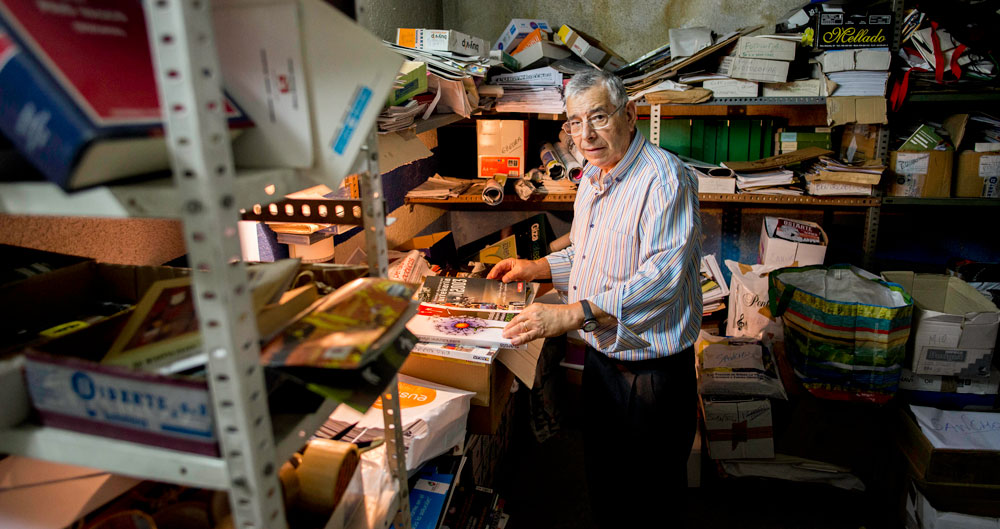
How did you start collecting documents?
In 1977 those of the ikastola de Deusto organized a drafting competition in Euskera, under the slogan Euskera, gauzarik nagusia, and we received 3,800 works from the ikastolas from all over Euskal Herria. We organized a great festival in the Astoria cinema in Bilbao and sent all the papers to Euskaltzaindia to keep them. We did the tour in various media and in the newborn Deia interviewed us Amatiño; Egin had not yet been created. He told me that in Lazkao there was a Benedictine monk, Juan José Agirre, who had just begun to pick up things from the underground. Agirre, who had already passed the novice time in Montserrat, saw the Catalans gathering and keeping that kind of thing and thought about doing the same thing here. I had gone through EGI and saved some issues from Gudari magazine, leaflets, ikurriñas, plates with the image of Sabino Arana... I started sending the material to him by mail and decided to make a visit, notifying him by phone.
At first Agirre did not trust you.
She says that she had already received several documents about ETA, and that on that first visit, just in case, she concealed some things, inside the organ. Then I started going with my wife, who gradually gained confidence. What Agirre was doing fascinated me a lot, because from stickers to dirty leaflets I sorted and archived them.
So you became a document collector.
He worked as a commercial in the company, visiting the factories all over the Basque Country. He would take advantage of the journeys he had to make to work to pick up things from village to village, but when it came time for retirement it ended. So in 2004, and in order to continue the fundraising, we agreed to bring together the archive of Lazkao, the Labayru Foundation and the Sancho el Sabio Foundation and create the Euskodok association. On the one hand, in addition to giving seriousness to this work, they were previously paid at the cost of the company in order to pay for travel, expenses and subsidies.

Do you do pick-up work for all three?
Yes, and for more. Although at first I started for Lazkao, then I met Labayru and I was asked to be picked up for them, then Arana Martija de Euskaltzaindia, then Carmen Gómez de la Fundación Sancho el Sabio, Jon Bilbao de Nevada… In Lonja I have become 16 boxes, because I have come together for so many others.
Should this work not be done by the administration itself?
Yes, but in this work you can't put for the photo, there's no cutting tape. If it were not a dirty job, surely in the administration there would be a department that would follow what is generated in the people in terms of culture.
Do you have any criteria for receiving documents?
They're about culture or politics, but from there I don't make distinctions, everything goes for us. I've been everywhere and I've been welcomed with open arms. If I had acted for the Basque Government they might have been more reluctant, but it was for the nun of Lazkao and they have all given it to me. Sometimes someone told me, “I can’t give it to you, it’s an internal document,” but in the end I got those documents, in exchange for some monk prayer. A week before the GAL killed Santi Brouard, Agirre and I were with him in his office, asking for HASI documents to be taken to Lazkao.
They're often stateless media.
We call it transitory material, documents that disappear as they appear, because people don't care. In Labayru there are about 80,000 stacked posters and collections of large stickers. Every Monday we dedicate ourselves to about 20 retirees, classifying the documents. Much has been lost. According to my calculations, we have only received about 2% of the materials that have been generated in the Basque Country.
And what then do they serve, to investigate or do?
By comparing the holiday programs of yesteryear and today, you can investigate what was before and what is now. Posters, stickers -- they're all important. Many political theses have been made by exploring Lazkao documents. Anyone who wants to conduct research on the contemporary history of Euskal Herria should go to Lazkao.
What follow-up will the collection take when you are
not? They should be taken seriously by the institutions, but not through us. You should see what we're doing and organize a way to pick it up, I'm saying it for a long time, because otherwise, this work will have a dark future when we disappear.
“Saltzaile lanagatik enpresetara elegante jantzita ibili behar izaten nintzen, gorbata eta guzti, eta lanak amaituta, adibidez, tokian tokiko herriko tabernara sartzen nintzen. Haiek susmo aurpegiak! 40 urteotan denetariko jendea ezagutu dut: ezkerrekoak, eskumakoak, anarkistak…Ni denengana joaten nintzen, inoiz Fuerza Nuevak Buenos Aires kalean zeukan egoitzara ere bai. Ez diot inoiz inoren koloreari erreparatu, eta denek denetarik eman didate. Sakelakorik ez zegoen orduan, eta koadernotxo batean apuntatzen nituen helbideak eta kontaktuak”.
Tafallan, nekazal giroko etxe batean sortu zen 1951. urtean. “Neolitikoan bezala bizi ginen, animaliez eta soroez inguratuta”. Nerabe zelarik, 'Luzuriaga’ lantegian hasi zen lanean. Bertan, hogei urtez aritu zen. Lantegian ekintzaile sindikala izan zen;... [+]
Eraispenaren aldeko elkarteek manifestazioa antolatu dute larunbatean Iruñean. Irrintzi Plazan manifestazioaren deitzailea den Koldo Amatriarekin hitz egin dugu.











